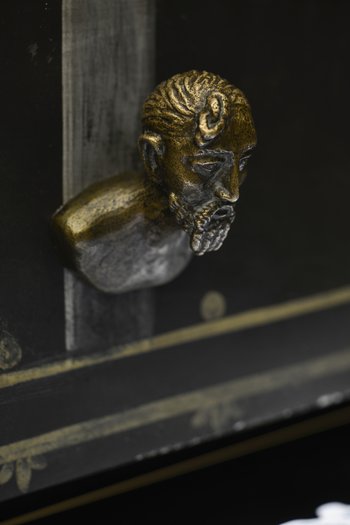The Invention of the Germans
Germanic tribes in Central Germany
The local tribes only formed in the decades around the turn of the eras. Different families and clans merged into new associations.
The ancient image of the Germans was largely based on the Suebi ethnic mix, which acted particularly belligerently. In fact, it was a large ethnic group of different Elbe and east Germanic tribes, which for a long time was the dominant power factor in free Germania. The Suebi also included the central German tribes, such as the Hermunduri east of the Saale, the Semnones in the Havelland district, the Lombards in the Altmark district, the Suebian Angles in the northern Harz region, and the Marcomanni on the Saxon Elbe. Apparently the heterogeneous Suebi peoples tried to find outward signs of community. Well-known is the striking hairstyle of men, the Suebian knot.
Small tribes unknown by name on both sides of the middle Elbe formed in the second half of the 1st century BC the large tribe of the Hermunduri. Shared burial places reflect this process in that initially varied patterns of gifts are gradually standardised. The funerary customs give a concrete insight into the social structure of Germanic tribes. A distinct hierarchisation of society can be recognised from the grave furnishings and occasionally from the treatment of the dead. According to ancient reports, princes (regi: ›kings‹) were at the top of the ranked societies as leaders and above all as spokespersons for the tribal confederation, which in turn was composed of several small tribes headed by chieftains (principes). A significant distinguishing feature of the nobility is the possession of Roman wine drinking utensils.
While the status of the noble and the free can be gradually proven for both sexes on the basis of archaeological finds, this has so far not been possible for the semi-free and the slaves mentioned in written documents. Grave complexes prove the equality in rank of woman and man.

